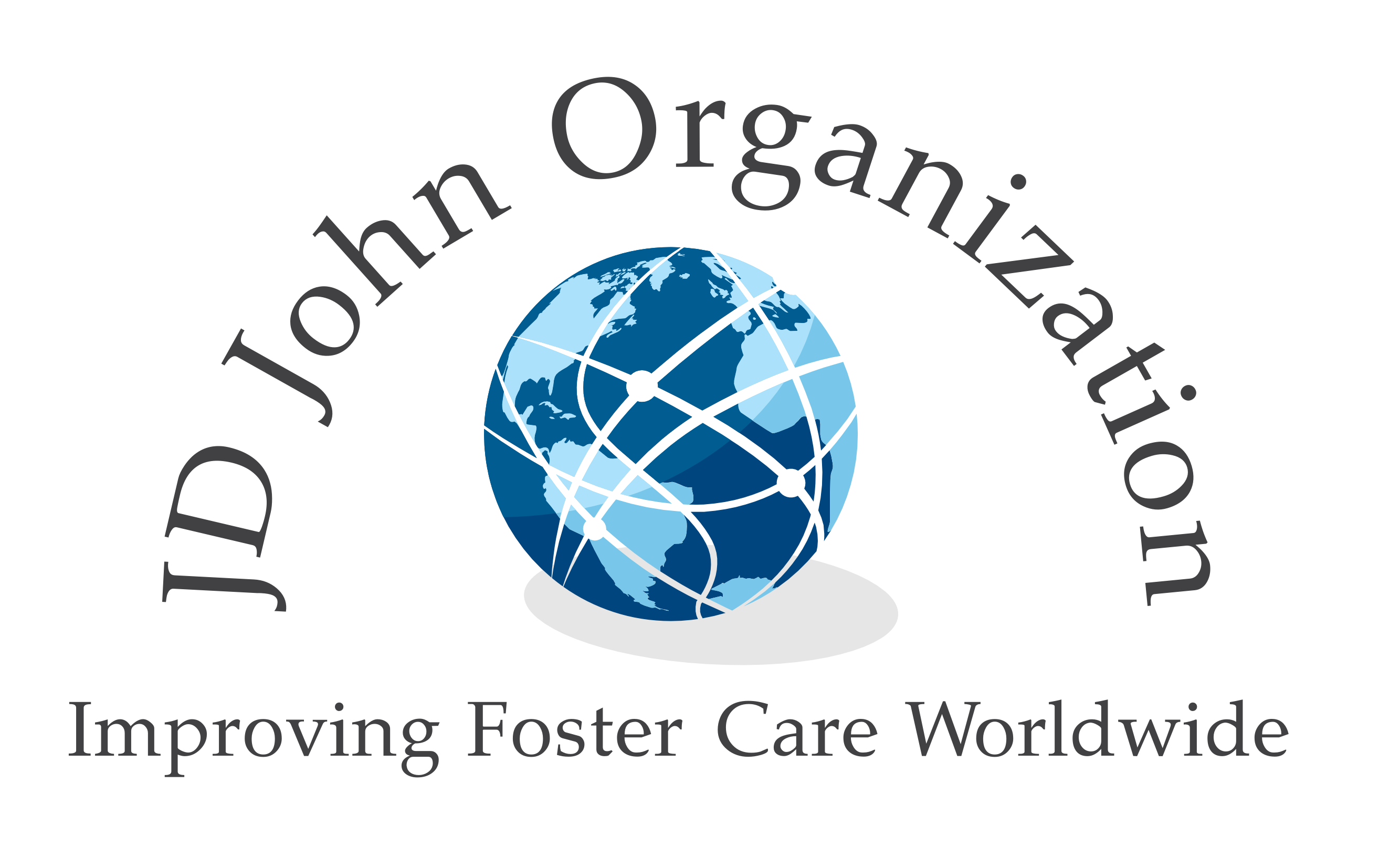 School. It is a place of frustration, loss, failure, and reminder of loss to a child in foster care. It is a place of humiliation, bullying, shame, and sorrow for those who are placed in a foster home. Yet, so few recognize the many challenges and disruptions that kids in foster care face each and every day they are in a classroom setting.
School. It is a place of frustration, loss, failure, and reminder of loss to a child in foster care. It is a place of humiliation, bullying, shame, and sorrow for those who are placed in a foster home. Yet, so few recognize the many challenges and disruptions that kids in foster care face each and every day they are in a classroom setting.
I am often asked how I became a foster parent, from both foster parents, and those who are simply curious why I have dedicated my life to helping these children in need. It all goes back to my days as a teacher in a rural high school, where I was teaching English and drama classes. Recently moving back to the USA with my wife, after living in Australia for a number of years, I was troubled by the number of students coming through my classes who were experiencing problems in behavior, grades, or both. Meeting several of their parents, I sadly came to realize that these problems were stemming from other problems within their home; these students of mine were suffering from neglect, abuse, or other issues, and it dawned on me that it truly started in the home. My wife and I had lost our first child years before to a disease known as Anacephily, and I had grown to appreciate very much how precious the life of each child was. I wanted to help those children who were at risk, as did my wife, and thus our foster parenting experience began.
It wasn’t until I had my first children from foster care living with my family that I came to fully understand the tremendous challenges that these children face while in public school. As a teacher, I was very aware that my fellow teachers knew next to nothing about foster care, or the challenges that children in care face each and every day. To be sure, I was just as much in the dark before I was a foster parent, myself. With all this, I began searching for ways to not only help my fellow foster parents and teachers better understand why kids in care struggle in school, I also sought avenues for these two groups, as well as case workers, to come together, in a team effort, to best help the thousands of kids in care who struggle with school each day.
Continue the article here

